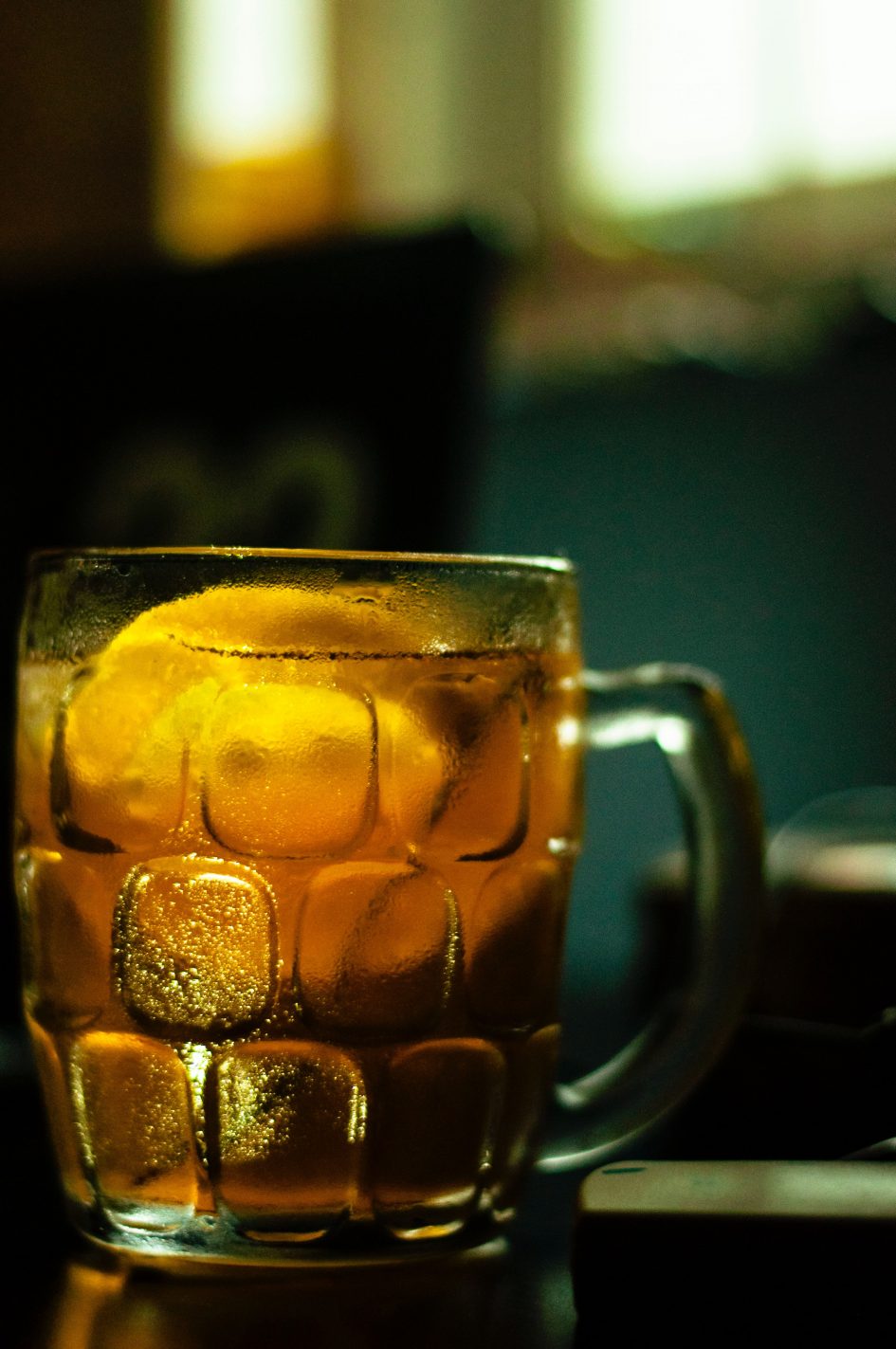It is not the mega-trend that is hazy, or Kviek, or fruited sour beer, but I am certain there are more tea beer around these days, and more diversity in the types of teas being used.
I am so certain about this, I did a CBC Radioactive column on the topic a couple weeks back, which you can listen to here.
To take a step back, tea beer is what the name implies, beer infused with some type of tea. To the uninitiated I suspect the idea of tea in beer is nose crinkling news. But to most folks familiar with craft beer, it is pretty standard stuff. The key, as in many things, is to find the right tea to go with the right beer style. A chamomile-infused Rauchbier, or an Orange Pekoe Bock don’t sound like such good ideas. But in the right combinations, tea and beer can match well.
I realize tea beer is hardly new. I remember being mightily impressed at Mill Street’s Lemon Tea Beer a decade or so ago, and various types of tea beer pop up on breweries’ rotational menu frequently. But when I was researching a recent column on fruit beer (which CBC didn’t post), I also stumbled across a surprising number of tea beer at the same time. I think I saw a dozen or so on offer without really doing a deep dive (i.e., nothing more than checking Liquor Connect and Sherbrooke Liquor online).
At the risk of over-simplifying, I would categorize three types of tea beer. First, in the winter there are a smattering of Chai-thises-and-thats, usually a heavy dark style like porter or stout. While officially tea, I think these beer are more about the spices in the Chai and are more akin to Xmas ales in that regard (just a bit spicier and less Xmas baking-like). But definitely tea beer.
The most common are fruit herbal tea beer, usually with a light base style such as blonde ale. The flavour ranges here are big, as there is no shortage of herbal tea with a fruity note. Again, the goal is to bring out more the fruit flavours and aromas more than the tea itself, but don’t chock these up to just fruit beer redux. The addition of leaves imparts an earthy undertone that adds complexity that is missing in beer infused with fruit alone.
A subset of this category – 2B as it were – are those using more floral teas, such as chamomile. My experience – and I may have missed something – is that floral herbal teas are used more sparingly for the purpose of adding depth to a beer, rather than profile the flavour itself. I brewed with chamomile recently to add a subtle earthiness to a witbier I made.
The third group of tea beer are those that use black tea. Here you are going for a tea experience straight up. Well, not really, because the most common black tea in beer is Earl Grey, which itself is infused with bergamot, a very aromatic citrus fruit. Still, there is not avoiding that the use of black tea brings in earthy, musty, tannin-y flavours that separate it from other types of tea. This is, in my opinion, the most challenging type of tea beer to make.
It was for that reason I selected Annex Ale’s King’s English Pale Ale for the CBC column on-air sampling. It found a way to walk the balance between the various flavours, an earthy tea sharpness, light citrus, light toffee malts and a floral hop bitterness. They added a touch of lemon, as well, to round out the citrus. A tough mixture, for sure, but I thought they landed it well. You can listen to our description of it starting at the 4:45 mark of the column (here).
Now as soon I set up those three (and-a-half?) categories, I need to shoot them down, because breweries have been far more experimental and creative than these categories suggest. Where do I classify The Establishment Brewing Company’s 9 To 5 Brut IPA with hibiscus, as an example? Or Situation’s playful rotation of teas in a mild saison (including the current offering of Earl Grey AND blackberry)?



July 7, 2020 at 11:57 PM
We were making g Earl Grey Brown ale before anyone else.
July 8, 2020 at 11:33 AM
We were making tea beer before it was cool!!